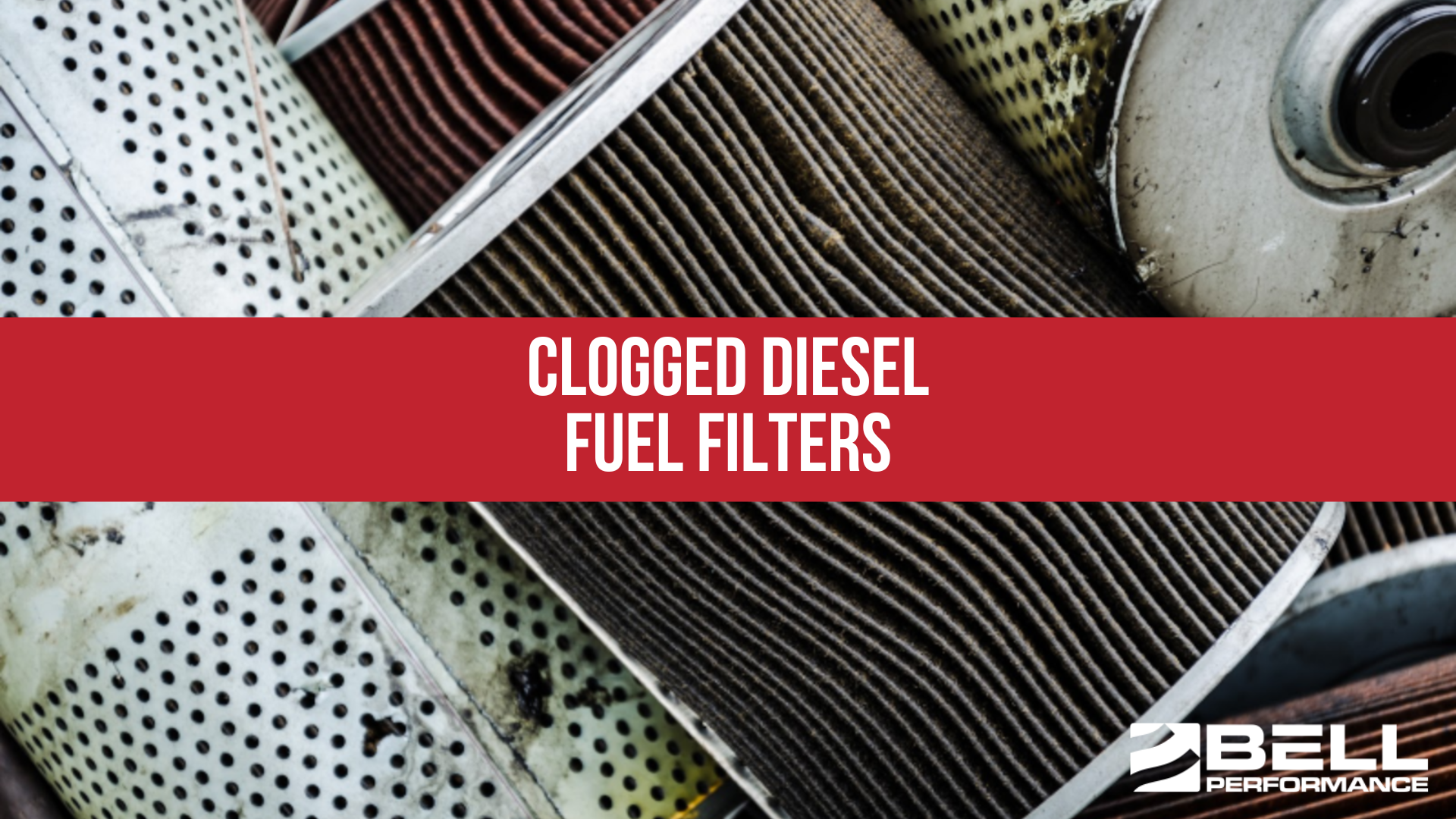Diesel Fuel Filtration Considerations
Today's advanced common rail diesel engines rely on their diesel fuel filtration system to make sure they can do their job to their peak performance....

The best solution for fixing problematic stored fuel involves both chemical fuel treatment and “mechanical processing”. The chemical fuel treatment entails using proven chemistries like biocides and stabilizers. Mechanical processing of fuel invariably involves some kind of fuel filtration to remove insoluble contaminants like sludge, asphaltenes, and biomass that may appear in the fuel when it has become unstable.
When you partner with someone to solve stored fuel problems, you want to ensure their mechanical processes are high quality. A good mechanical filtration process will remove as many of these undesirables as possible, so they don’t go into the engine and cause problems.
For this partner under consideration, ask them about their filtration processes. What micron rating does their filtration remove? To what beta rating? Both are important. Your partner should explain to you why their filtration processes and filter sizes meet your needs and will give you the best results.
One way you can tell a fuel polisher knows what they're doing is that they can brief you on the differences between their filtration's micron rating and its beta rating.
The first one (“micron rating”) is also known as the “absolute rating”. It’s the size of the largest opening in the filter they use, so theoretically it is the size of the largest particle that could pass through the filter. Note, however, that it has very little to do with how effective the filtration will be when you go down to those size particles.
Beta rating is just as important as the micron rating. Calculated from the ISO 16889 standard, the beta rating is defined in the context of a given particle size and is the ratio of the particles (of that size) after the filter to the particles before. It shows how many particles of a given size the filter caught.
If you started with 1 million five-micron particles per ml of fuel before the filter and ended with 1,000 particles of the same size after the liquid passed through the filter, the beta rating would be 1,000 at 5 microns. You could also say the filter was 99.9% efficient at 5 microns because it allowed only 0.1% of particles at that size to pass through. 1,000 is 0.1% of one million. A higher beta rating is better because it means a higher ratio of particles at a certain size are being caught by that filter. You should expect a filter's beta rating to be higher with larger particles. This makes perfect sense since a filter should be able to catch a higher proportion of larger particles than smaller ones.
If you know the filter’s beta rating, you can figure out the efficiency of the filter. Beta rating is just as important to know as the absolute rating.
It might be useful for you, going into a potential partnership, to know what your fuel's ISO rating is right now vs. where it needs to get to. Your engine is going to specify an ideal ISO rating for the fuel you use in it. It will look something like 18/16/13, whereas the three numbers correspond to a scale giving a range of the maximum number of allowed particles in the fuel that are of differing sizes. In this case, the numbers are for particles down to 4 microbes, 6 microns, and 14 microns.
Whatever partner you're considering should be able to advise you on what ISO rating you should be aiming for, and what it will take to get down to that.
You want to do business with a partner that uses mechanical filtration that filters out small particles from the fuel at a high efficiency. This is essential even more so now that common rail diesel engines abound that specify filters with tighter tolerances. Fuel filters in the old days were rated between 10 and 30 microns. Now a 3-5 micron filter is the norm for the secondary filter. They have to protect that engine which has components that have tolerances pushing just one or two microns.
If you’re going to bring someone in to protect your fuel, make sure what they’re doing is a high enough standard to protect your newer expensive engines.
Today's advanced common rail diesel engines rely on their diesel fuel filtration system to make sure they can do their job to their peak performance....
One of our most popular webinars from the past dealt with such an important issue - Diesel Fuel Storage Tank Corrosion - that we thought it was...

Clogged diesel fuel filters are one of those canary-in-the-coal-mine problems. Filters don't clog by themselves. On a simple level, if the fuel...